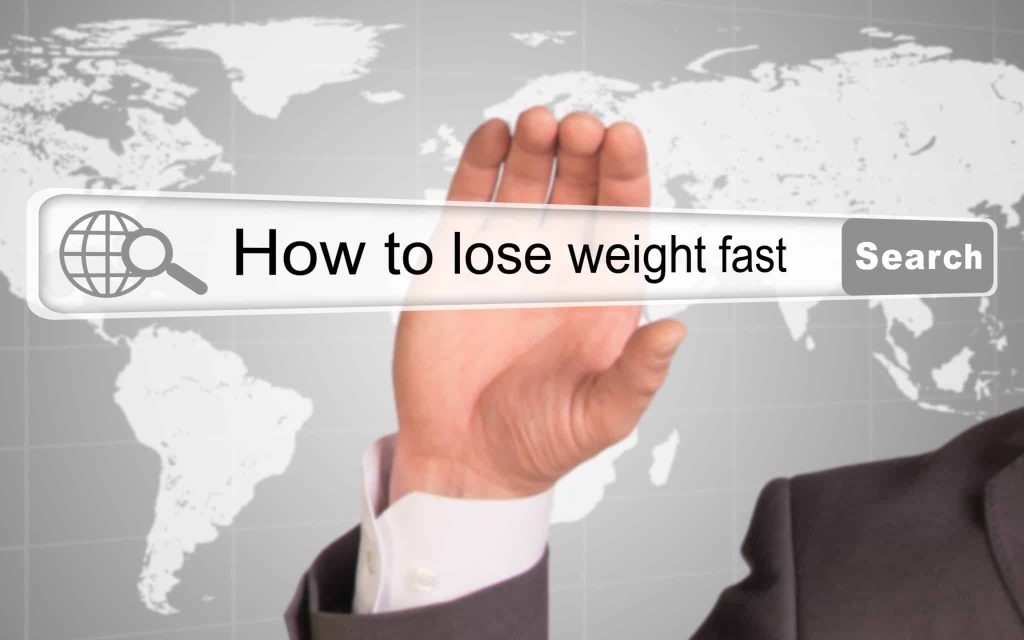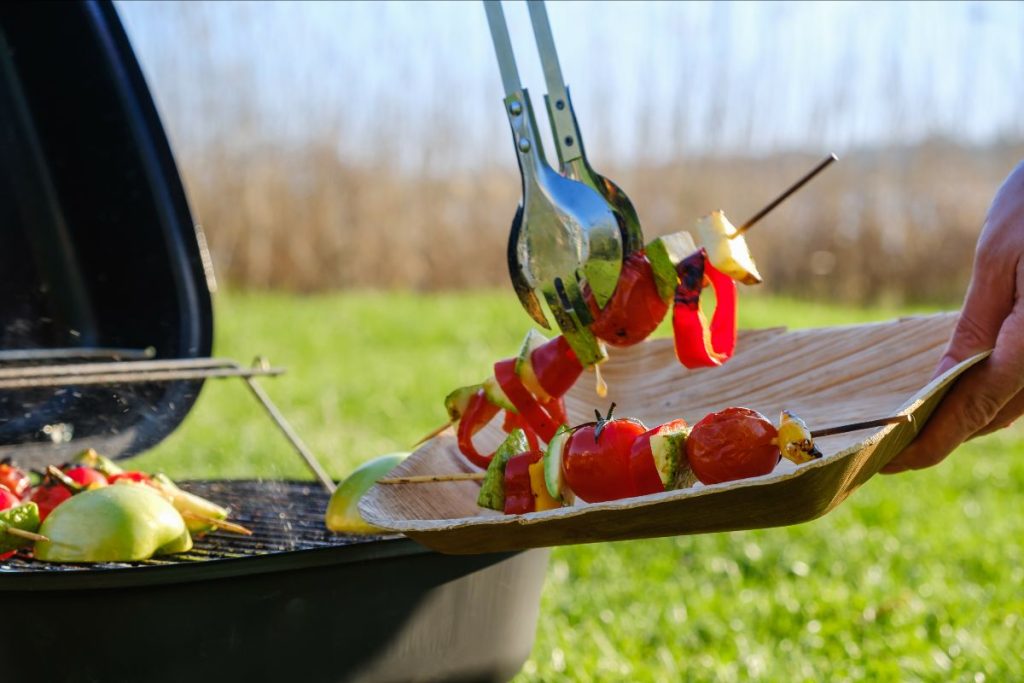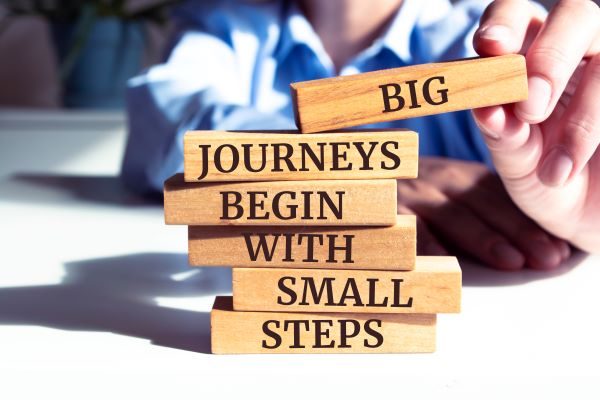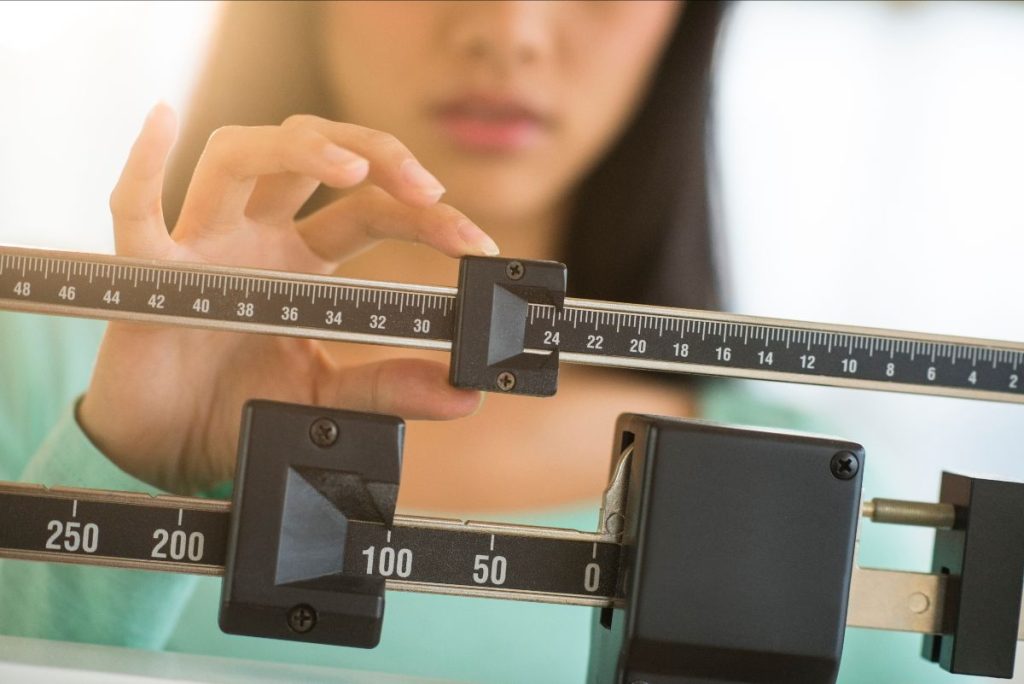Fast Weight Loss: Scientifically Proven Strategies for Quick sustainable Results

How to achieve fast weight loss with our proven strategies. Discover effective tips and techniques for quick results and a healthier you.
Get Fast Sustainable Weight Loss Results with Our Proven Strategies Backed by Science

Are you tired of trying every fad diet and exercise plan only to see minimal results? Do you long for a way to achieve fast and sustainable weight loss? Look no further! We have the solution you’ve been searching for. Our proven strategies are designed to help you get the weight loss results you’ve always […]
Looking to lose weight naturally and fast?

Pro Weight Loss offers fast all-natural weight loss program that helps your body to naturally lose unwanted body fat. Unlike unhealthy weight loss drugs, Pro Weight Loss has award-winning all-natural supplements that mimic your body’s natural response for weight loss, making the process faster, healthier, and without any hunger, cravings, or energy loss. Educating yourself […]
SPEED up your metabolism

Many people blame metabolic problems for weight struggles. But your metabolism naturally regulates itself to meet your body’s needs. It’s rarely the cause of weight gain or loss. In general, anyone who burns more calories than they take in will lose weight. Anyone who takes in more calories than they burn will gain weight. This […]
Clean Eating and Weight Loss: What You Need to Know

Clean eating has become a popular term in the world of nutrition and weight loss. It refers to the practice of consuming whole, unprocessed foods that are free from artificial ingredients, additives, and preservatives. While clean eating is not a diet per se, it can be an effective way to lose weight and improve overall […]
4 Reasons Why You Should Eat Real Food

Real food is usually unprocessed or minimally processed foods that are rich in nutrients and is a whole single ingredient. For thousands of years, whole foods was 100% of the human diet. Today, many foods are processed, packed in unnecessary calories and harmful to human health. Eating whole foods is the best way to achieve […]
8 Tips for Sticking to Your Diet at a Party

It can be hard to attend parties when you are in a weight loss program. You may be worried there won’t be anything at the party you can eat, or that you will get off-track by giving in to temptation. However, all is not lost. Here are 8 tips on how to stick to your […]
Healthy Summer Grilling Ideas

Summer is almost here: time to grill! The best part is that grilling can be one of the healthiest ways to cook! Here we have some good grilling ideas: Grill Vegetables and fruits! Swap the traditional store-bought barbecue fare like baked beans, coleslaw, macaroni salad and potato salad – which can have a lot of […]
OK. You Gained Weight

Whether you are starting your weight loss journey, finding yourself in the middle of the struggle or working on maintenance, these 5 tips will get you back on track: 1. Focus on small changes. Start now and start small. Moving forward does not have to mean taking a giant leap. In fact, smaller changes are proven […]
Is the Scale Helpful or Harmful?

For a solid two weeks, you followed your weight loss program to a “T”. You followed the menu plan, you bought new kitchen tools, etc. But you step on the scale and feel defeated -the number is the same as it was two weeks ago. Or worse, it’s gone up! First, keep the motivation, but […]